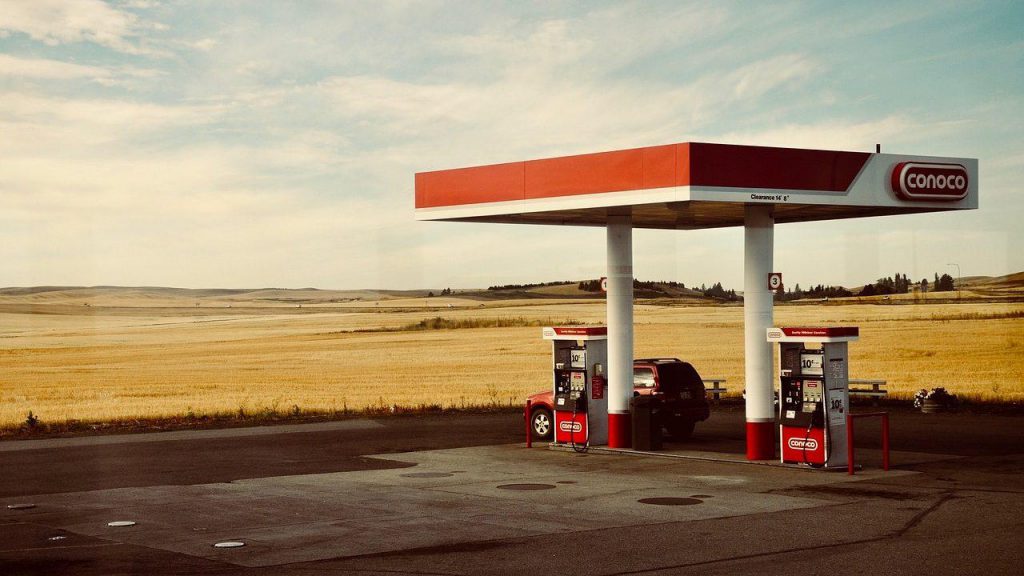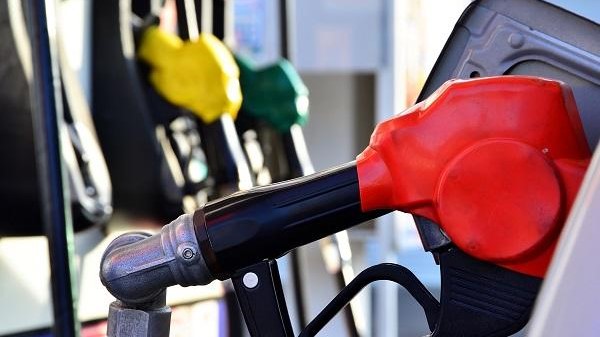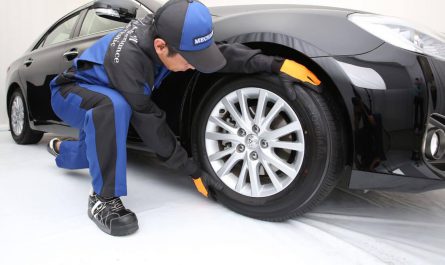If you have have ever purchased fuel for your business, you know that there is a choice between regular and unleaded gasoline. There is usually a variance in price between these two, but it is important to learn the other differences between them. This is especially true if you provide fuel to customers or run a fleet of vehicles. Find out below if you are making the best decision when purchasing your fuel.

Unleaded Gas (Regular)

The most commonly used fuel for vehicles is regular unleaded gasoline (RUG). It does not have any lead compounds, which makes it better for the environment and less hazardous to your health. RUG is flammable and is a byproduct of crude oil. The octane rating for this fuel is 87, which refers to its ability to deal with improper fuel combustion in an engine.
Premium Gasoline
Regular unleaded and premium gasoline share many characteristics. Premium is also derived from crude oil and it is a combustible liquid. Octane ratings of premium gas vary, but are usually 90 or higher. Premium fuel is also called “high octane gas.” It produces less pollution and it keeps your engine cleaner, which makes it a great choice for many vehicles.
Comparing the Octane Ratings

Your car has an internal combustion engine that works by compressing a mix of fuel and air, igniting the spark plug and creating a controlled explosion. When this explosion occurs, it powers the engine and makes it possible for your vehicle to run. If the fuel mixture ignites prematurely, it will create an unstable explosion. If you hear knocking in your engine, it is likely that pre-ignition has occurred. It is more common to hear this in older cars and it will lower your car’s performance. Over time, the components in your engine will be damaged if this problem is not fixed. This is where octane ratings become helpful. They are usually a measure of how well the mixture of fuel can resist knocking or pre-ignition. The octane rating of 90 in premium gasoline means that it is able to withstand knocking just a little more than regular unleaded gasoline. This is not necessarily true for newer cars because the design of modern engines has improved performance and includes sensors to detect the issue. These vehicles can run almost as efficiently on regular gas as they do on premium.
Comparing the Price of Regular and Premium Gasoline
Its higher octane rating is what makes premium gasoline more expensive than regular unleaded. Depending on your location, the price may vary. There is a general range of a 20 to 40 cents per gallon price difference between the two types of fuel. For frequent drivers, the higher priced fuel could cost up to hundreds of dollars per year, especially if the person drives their car more often. However, fleets may be able to save money by buying this fuel in bulk because it will help prevent wear and tear.
Which is More Suitable for Your Engine?
Both types of fuel are combustible, but regular unleaded gasoline will burn faster than premium unleaded. If your engine has a low compression ratio, and it does not need to produce a lot of power, then regular is fine for your vehicle. Engines with high compression ratios will function optimally with premium unleaded. If your engine makes use of turbo charging, this is especially true.

Article Written By Ehara Jun © 2019-12-06





